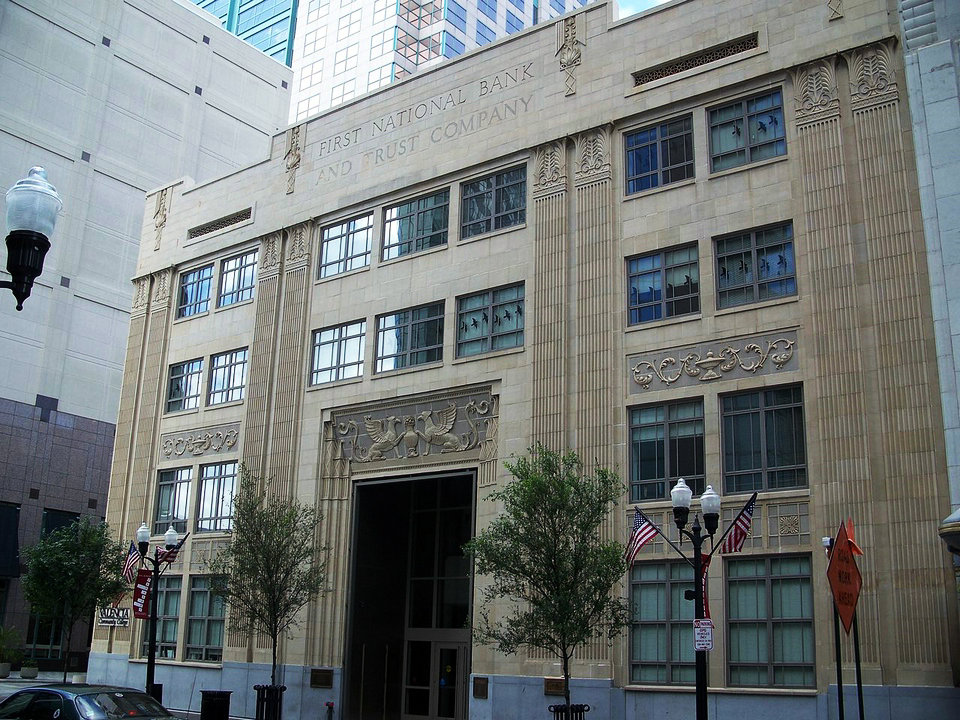Greco Deco


Greco Deco is a term coined by Washington, DC based art historian James M. Goode to describe a style of art and architecture popularized in the late 1920s and 1930s. Arising out of the Beaux-Arts tradition, Greco Deco combined Greek and Roman traditions with those of the then fashionable Art Deco. The style is also referred to as Stripped Classical for its simpler appearance compared to neoclassical architecture.
Greco Deco architecture frequently expressed itself in a rather severe Greco-Roman facade decorated with deco styles shallow reliefs and/or deco styled interior decoration featuring murals, tile mosaics and sculpture. A common motif among Greco Deco architecture is the use of stylized or simplified pilasters. The style was the almost-official style of many federal and local government buildings in the United States from the mid-1920s until World War II, and frequently overlaps with the style that architectural historian David Gebhard terms “WPA Moderne.”
Architects
Albert Speer
William J.J. Chase
Paul Cret
Bertram G Goodhue
Marr & Holman
Smith Hinchman & Grylls now the SmithGroupJJR
Wyatt C. Hedrick
Zantzinger, Borie and Medary
George W. Kelham
Sculptors
Rene Paul Chambellan
Carl Paul Jennewein
Lee Lawrie
Paul Manship
Corrado Parducci
Ulysses Ricci
Source From Wikipedia